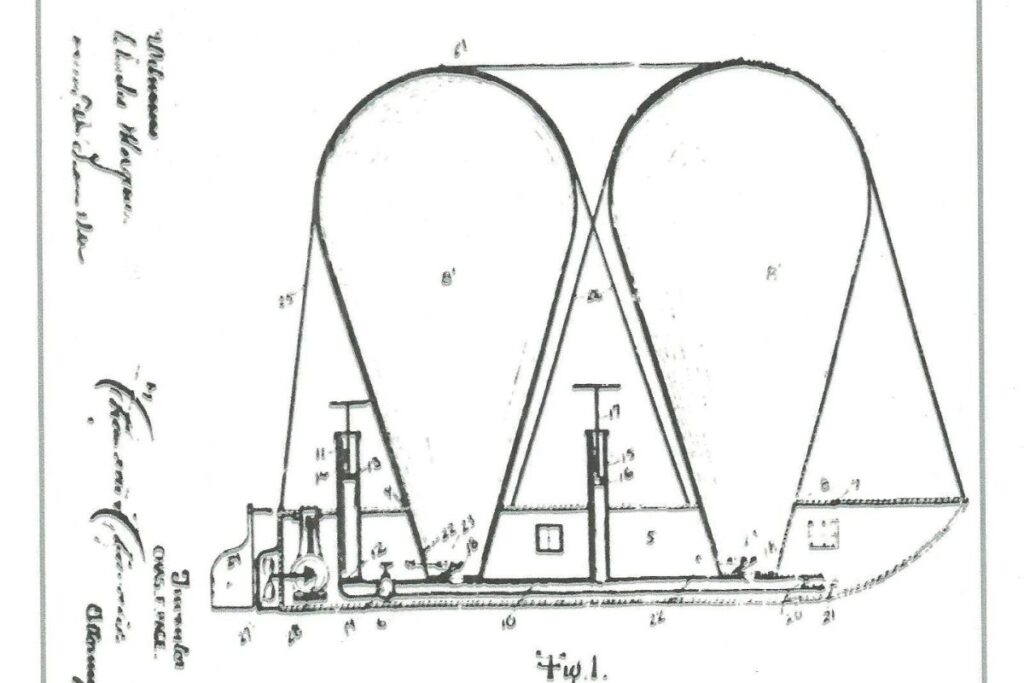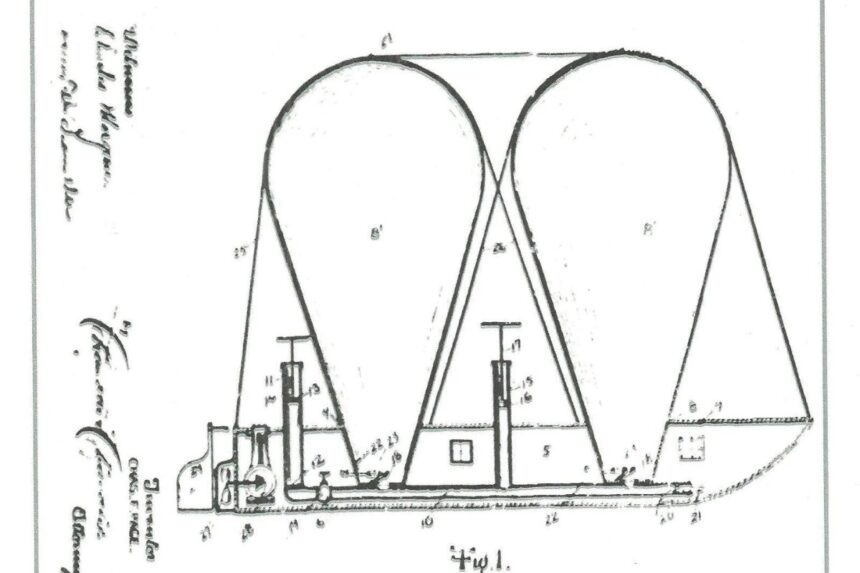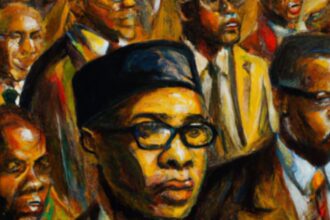In the annals of aviation history, Charles Page airplane invention stands as a pioneering figure whose contributions have been overshadowed by the celebrated achievements of the Wright Brothers. Contrary to the more widely recognized narrative, there is compelling evidence to assert that Page not only conceptualized but successfully tested a powered aircraft prior to the Wright Brothers’ historic flight in 1903. This article aims to shed light on Charles Page’s groundbreaking work in aviation, presenting an incontrovertible case for his rightful place as one of the true pioneers of powered flight.
Integrating Page’s Innovations into Mainstream Aviation Knowledge
Charles Page’s innovations, particularly in the realms of aerodynamics and flight control systems, laid a foundational framework that predates and parallels the Wright Brothers’ contributions. The integration of his pioneering work into mainstream aviation knowledge not only enriches the history of flight but also serves as a testament to the iterative nature of technological advancements. By studying Page’s designs and understanding his approach to solving the problems of powered flight, current and future generations of engineers and inventors can gain insights into the creative process and the importance of innovation and persistence.
Educational Curriculum and Recognition
The recognition of Charles Page’s contributions necessitates a revision of educational curriculums related to the history of science and technology. By incorporating Page’s achievements into textbooks, lectures, and academic research, educators can provide a more nuanced and comprehensive view of the history of aviation. This approach fosters a more inclusive understanding of the various paths to innovation, highlighting the fact that technological breakthroughs are often the result of cumulative efforts from multiple individuals.
Memorializing Page’s Legacy
To honor Charles Page’s legacy, the establishment of memorials, museums, and dedicated exhibitions can play a crucial role. These venues can serve as repositories for the documentation, replicas of Page’s aircraft, and interactive displays that explain his contributions to aviation. By creating spaces that celebrate Page’s achievements, society can ensure that his work continues to inspire future generations of inventors, scientists, and engineers.
The Broader Implications of Recognizing Page’s Work
Acknowledging Charles Page’s pre-Wright Brothers flight and contributions to aviation technology has broader implications for how history recognizes innovation. It challenges the narrative of singular genius, promoting instead a view of history that acknowledges the collaborative and cumulative nature of scientific and technological advancements. This perspective encourages the celebration of all contributors to significant milestones, fostering a culture that values diversity in thought and approach.

Charles Page’s pioneering work in aviation, marked by his successful design and flight of a powered aircraft before the Wright Brothers, demands recognition and respect. The evidence supporting his achievements underscores the need to revisit and expand our understanding of the history of aviation. By fully acknowledging Page’s contributions, we not only honor his legacy but also enrich our collective understanding of the intricate tapestry of innovation that has propelled humanity into the skies. Recognizing Charles Page is not just about correcting an oversight in history; it’s about inspiring a future where all contributions are valued and the pursuit of innovation knows no bounds.























